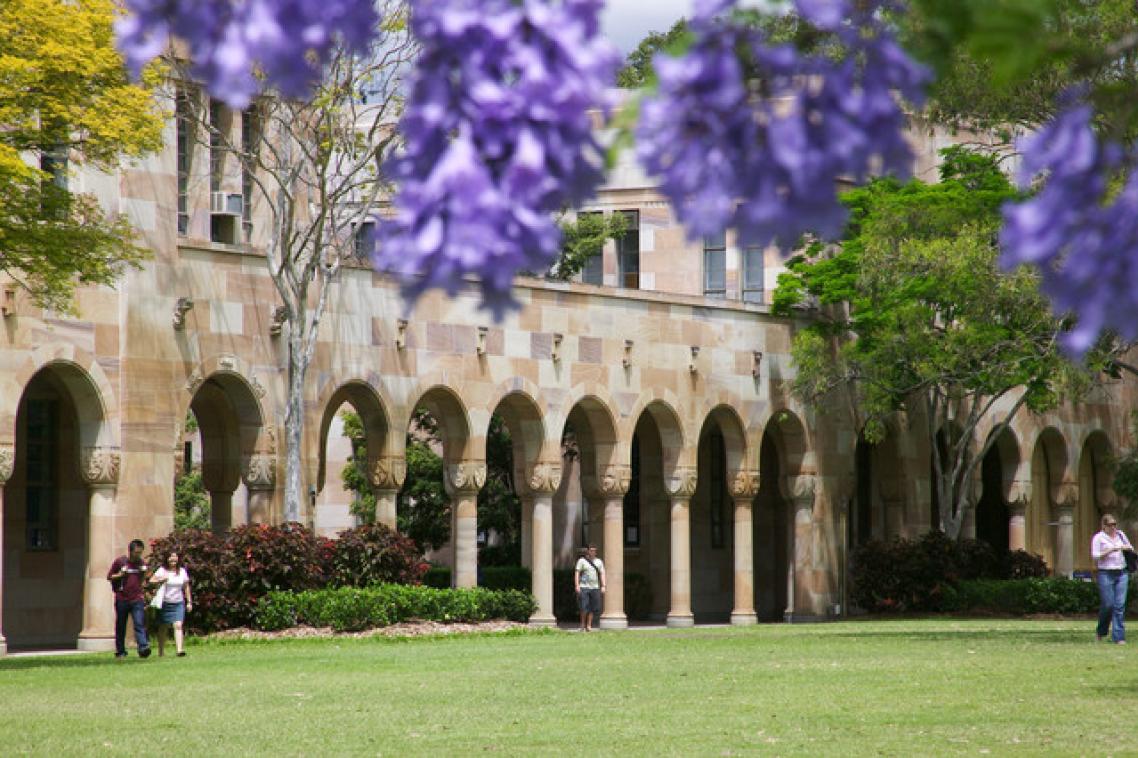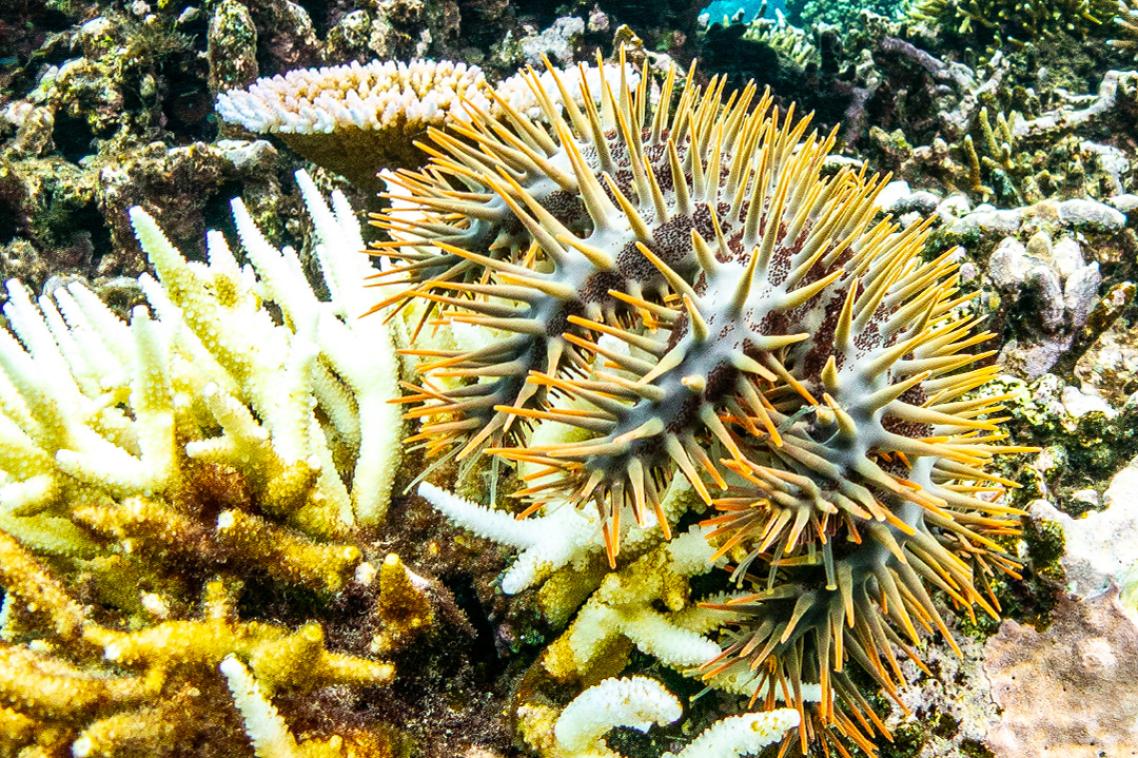Outstanding UQ research counters weed threat
UQ Gatton graduate Dr Wayne Vogler has helped strike a blow in the war against giant rats tail grass.
The weed scourge is threatening productivity of extensive grazing lands as it advances inland from coastal regions.
The valuable knowledge bank resulting from Dr Vogler’s glasshouse and field experiments, conducted over several years as part of his PhD research, is enhancing management strategies to combat giant rats tail grass and several related species of the weed.
Dr Vogler’s PhD, supervised by Dr Len Bahnish in the School of Agronomy and Horticulture at UQ Gatton, was conferred in December.
He is now employed as a weed scientist at the Department of Natural Resources and Mines Tropical Weeds Research Centre in Charters Towers.
Dr Bahnish said the project was a great example of university research delivering a valuable outcome to the community.
“The expertise Wayne has acquired in managing this very serious threat to rural industry is widely acknowledged,” Dr Bahnish said.
“His work will make a real contribution to weed science and the development of effective programs to help control giant rats tail.”
Central Queensland producer Margaret Emery, who chairs a national strategy committee, said giant rats tail and closely related species posed enormous threats.
“Vigilance has kept the weed from establishing on the family property on the Fitzroy River west of Marlborough,” she said.
“The unpalatable weed is spreading into extensive grazing areas in many parts of the country and threatens to put people out of business. Some heartrending stories are beginning to emerge,” she said.
“Wayne’s research has been incredibly valuable and hopefully will lead to much-needed funding for further study.”
Dr Vogler, who maintains a keen interest in giant rats tail, has a herbicide-screening project under way at Charters Towers supported by the Co-operative Research Centre for Australian Weed Management.
In his PhD thesis, Dr Vogler focused on the seed of giant rats tail, searching for weaknesses land managers could exploit to control and reduce its impact.
The performance of giant rats tail was compared with that of important native grasses which have to compete for pasture space.
Dr Vogler identified several seed attributes which could help land managers reduce the viable seed bank in their efforts to control giant rats tail.
These included a relatively slow germination and plant emergence, and susceptibility to heat generated by a hot fire.
The pattern of seed drop within three metres of mature plants indicated the usefulness of buffer strips as a containment measure.
Media: For further information contact Dr Vogler at the Tropical Weeds Research Centre (telephone 07 4787 0607) or Dr Len Bahnish at UQ Gatton (telephone 0409 897 433).
Related articles

UQ professor joins WHO advisory group on alcohol and drug use

Crown-of-thorns control boosts coral growth in a warming world
Media contact
UQ Communications
communications@uq.edu.au
+61 429 056 139
